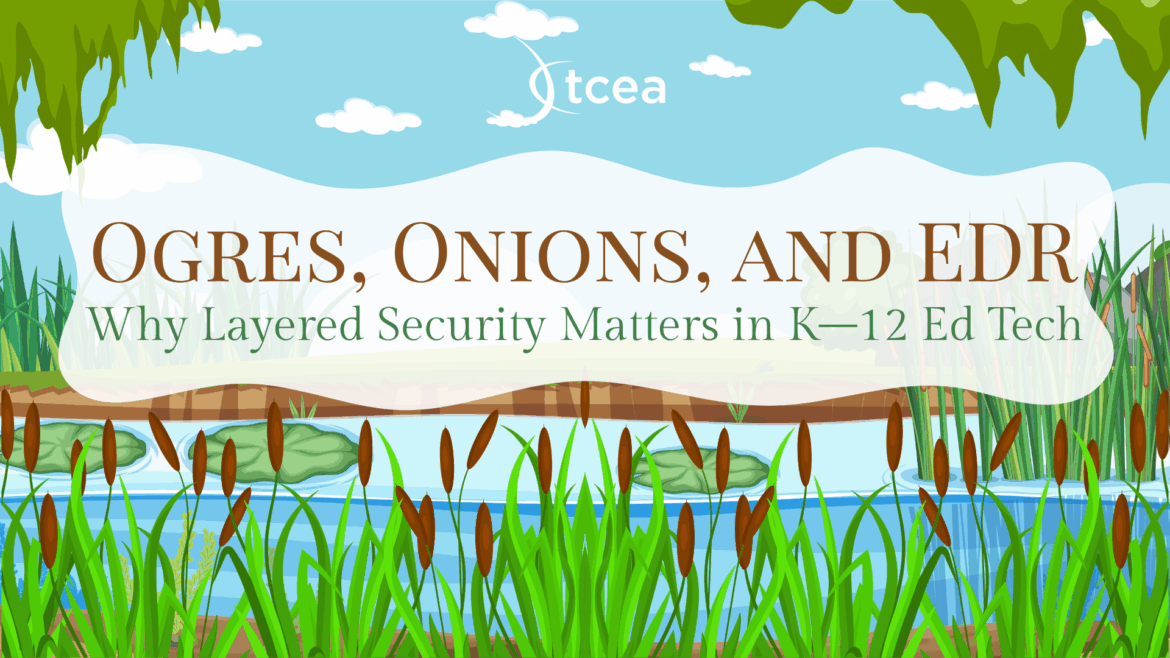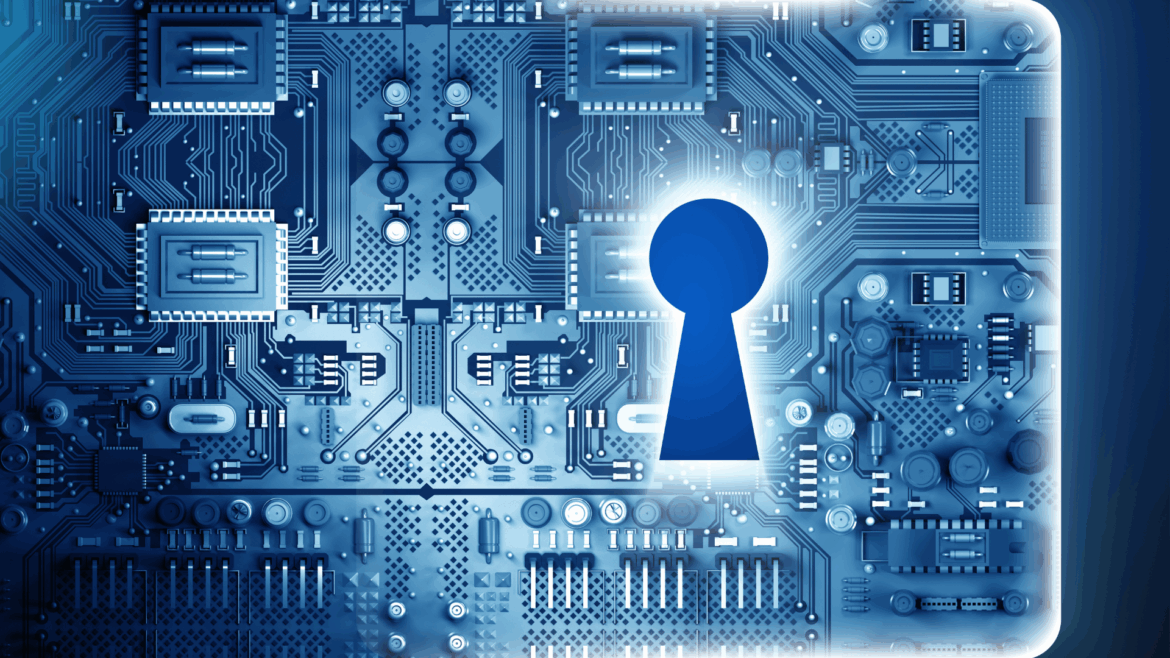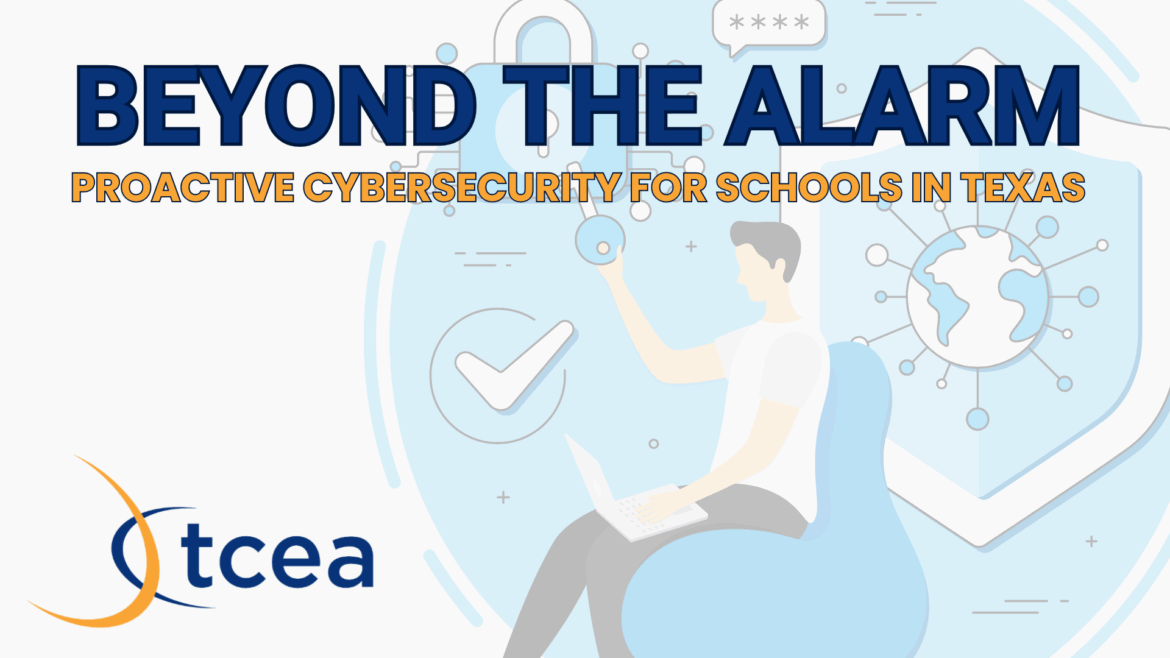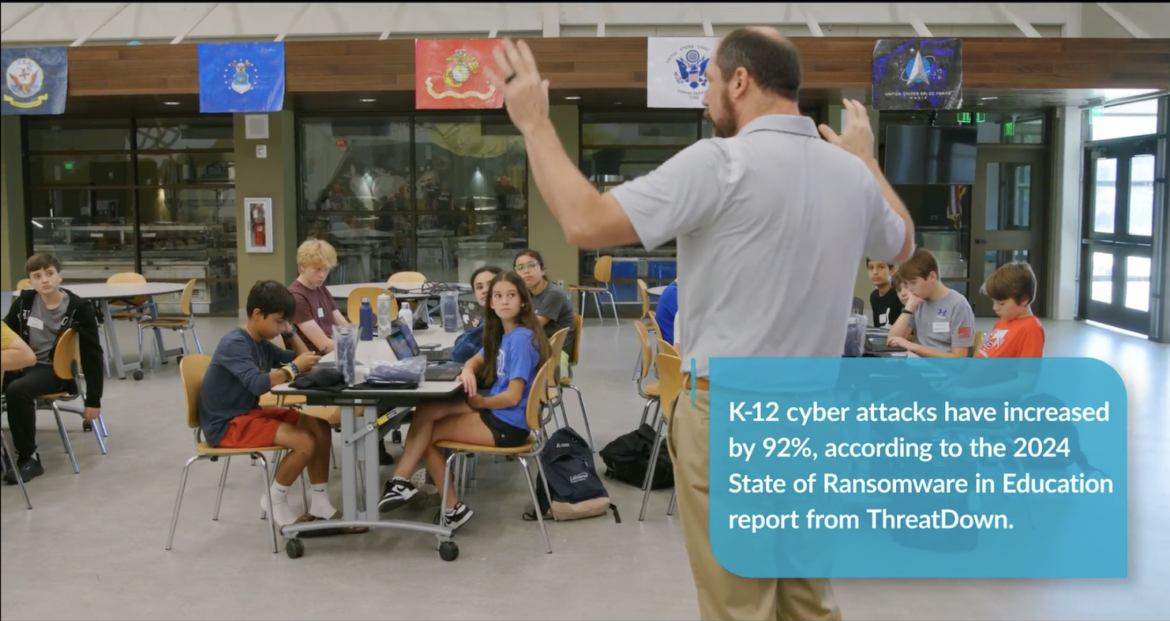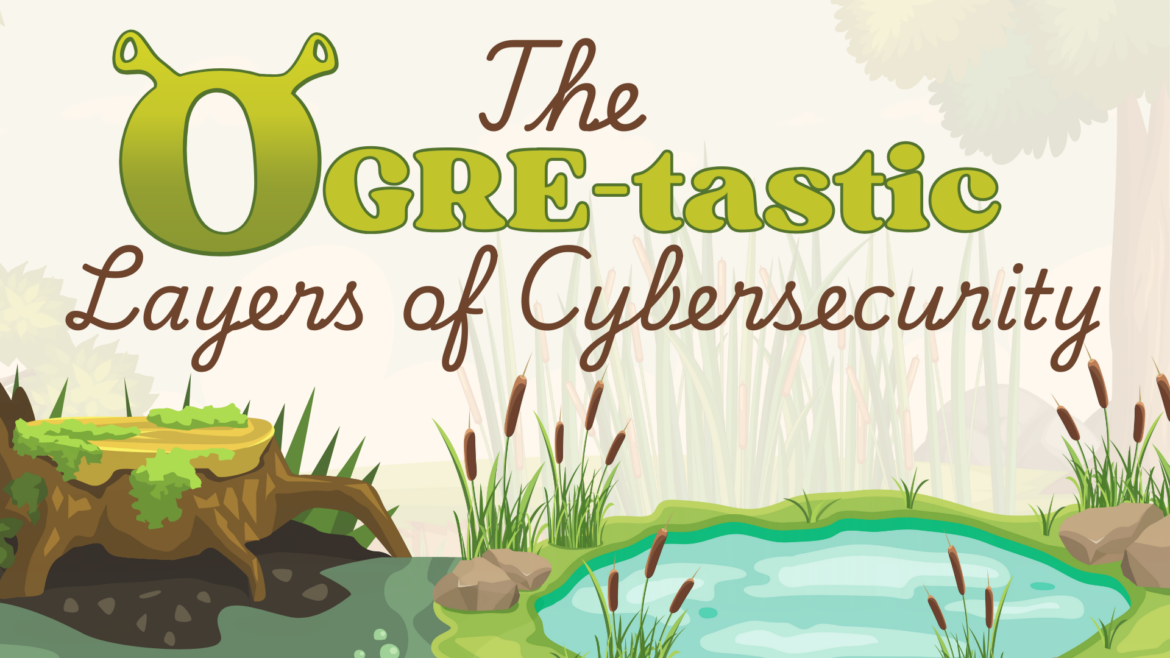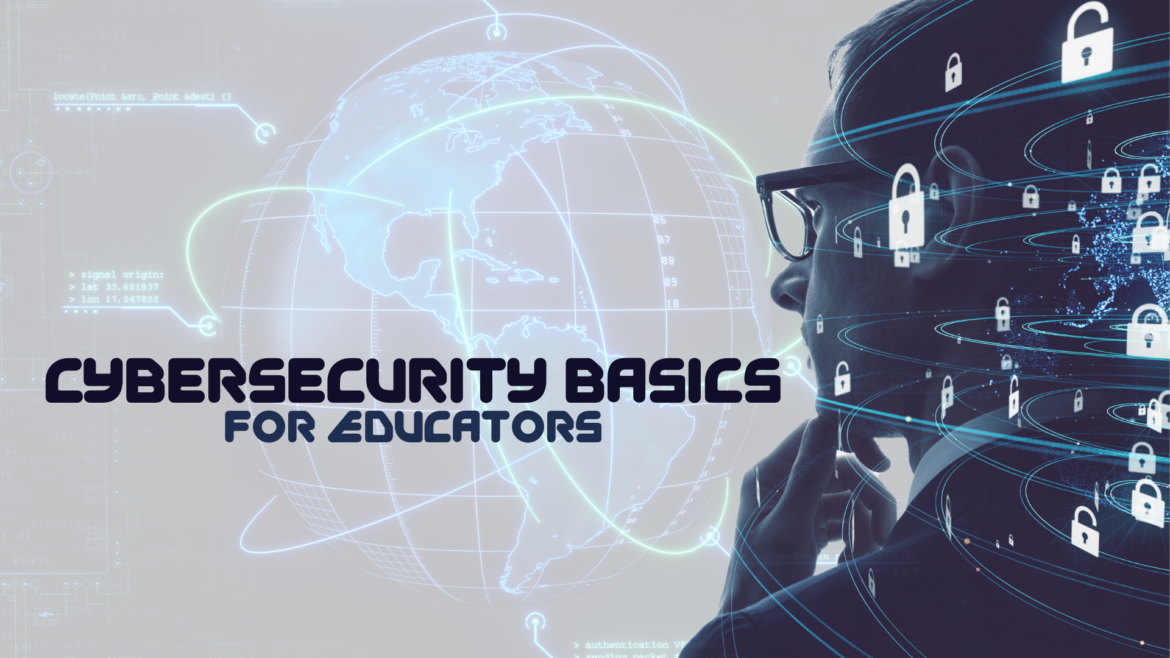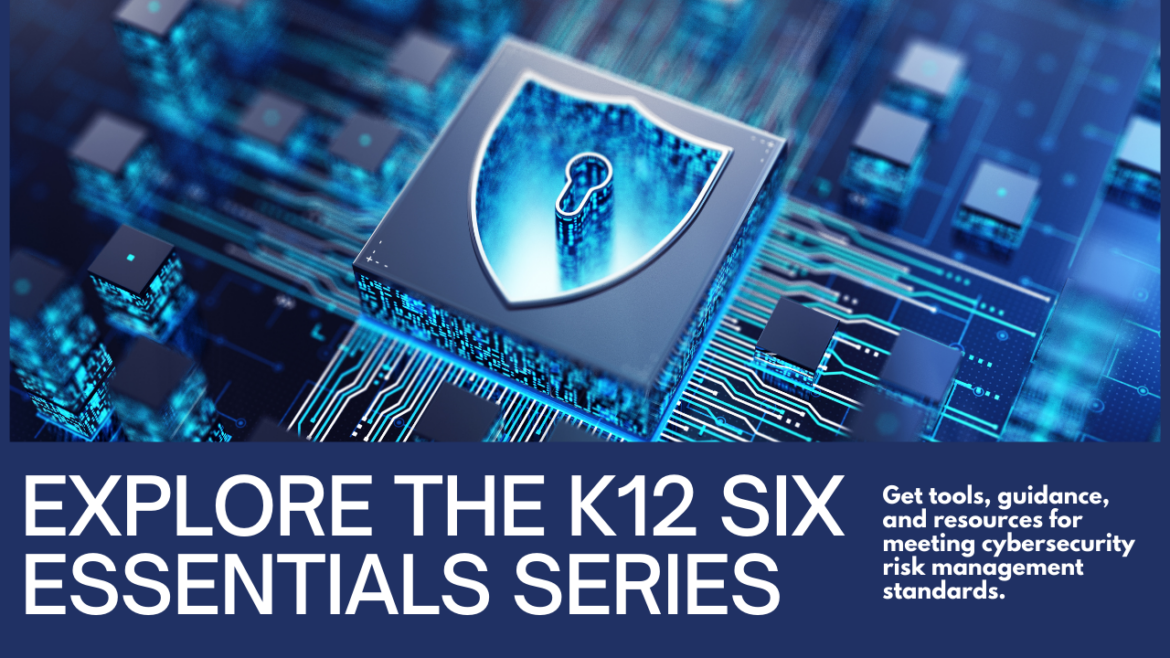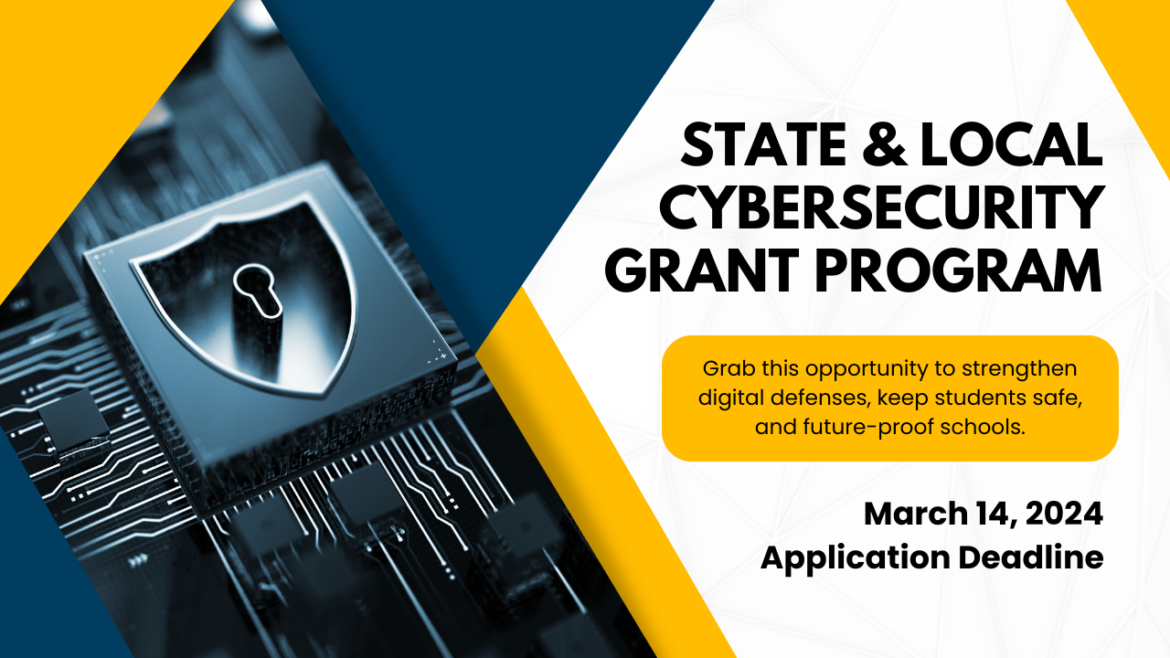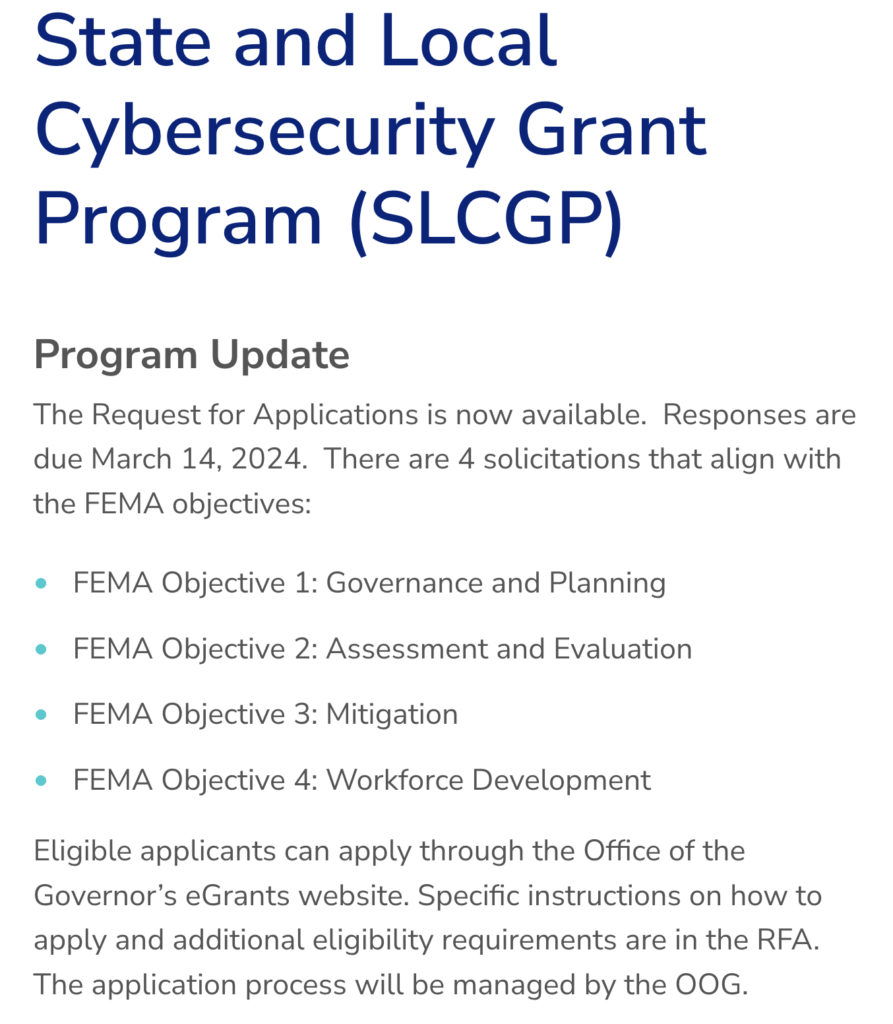In the world of K–12 education technology, cybersecurity is no longer a luxury – it’s a necessity. With increasing threats targeting schools, from ransomware to phishing attacks, IT departments must adopt a layered security approach. Think of it like an onion, or an ogre, if you’re a fan of Shrek. Both have layers, and so should your cybersecurity posture. One essential layer in this “security onion” is Endpoint Detection and Response (EDR). But how you implement EDR, whether uniformly across all devices or tailored to specific environments, can significantly impact your district’s security, efficiency, and resilience.
Layering EDR with other security measures, like firewalls, patch management, identity access controls, and monitoring, adds valuable complexity for attackers. The more layers they have to peel through, the less likely they are to succeed. EDR tools monitor endpoint activity, detect suspicious behavior, and respond to threats in real time. In a school environment, this means protecting everything from student laptops to administrative servers. But should you use the same EDR solution across all devices, or mix and match based on needs?
Option 1: Using the Same EDR Across All Endpoints and Servers
Pros:
- Unified Management: A single console simplifies monitoring, policy enforcement, and reporting.
- Simplified Training: IT staff only need to learn one system, reducing onboarding time and errors.
- Streamlined Incident Response: Correlating events across devices is easier when everything speaks the same language.
- Cost Efficiency: Volume licensing and reduced vendor management can save money.
- Consistent Policy Enforcement: Ensures a uniform security posture across the district.
Cons:
- One-Size-Fits-All Limitations: What works well for student Chromebooks might not be ideal for backend servers.
- Vendor Lock-In: Relying on one provider can limit flexibility and negotiating power.
- Single Point of Failure: If the EDR has a vulnerability, all systems are exposed.
- Limited Customization: May lack advanced features needed for specific use cases.
Option 2: Using Different EDRs for Endpoints and Servers
Pros:
- Tailored Protection: Choose lightweight tools for student devices and robust solutions for critical servers.
- Reduced Attack Surface: If one EDR is compromised, others may still hold the line.
- Greater Flexibility: Adapt to evolving needs or integrate with diverse platforms.
- Specialized Features: Some EDRs offer server-specific capabilities like memory protection or application whitelisting.
Cons:
- Increased Complexity: Multiple dashboards and policies can be harder to manage.
- Higher Operational Overhead: More training, maintenance, and potential for misconfiguration.
- Fragmented Visibility: Without a centralized SIEM, correlating threats becomes more difficult.
- Potentially Higher Costs: Multiple licenses and support contracts can add up.
Finding the Right Balance for Your District
There’s no one-size-fits-all answer. Smaller districts with limited IT staff may benefit from the simplicity of a unified EDR solution. Larger districts with diverse infrastructure might need the flexibility of multiple tools. The key is to align your EDR strategy with your broader security goals and operational capacity.
Regardless of your approach, EDR should be just one layer in your cybersecurity onion. Combine it with strong firewalls, regular patching, identity access management, and continuous monitoring to build a resilient defense.
Final Thoughts
Cybersecurity in K–12 isn’t about perfection – it’s about preparation. By thoughtfully integrating EDR into a layered security strategy, education technology departments can better protect students, staff, and sensitive data from today’s evolving threats.
After all, like ogres and onions, the best defenses have layers.

